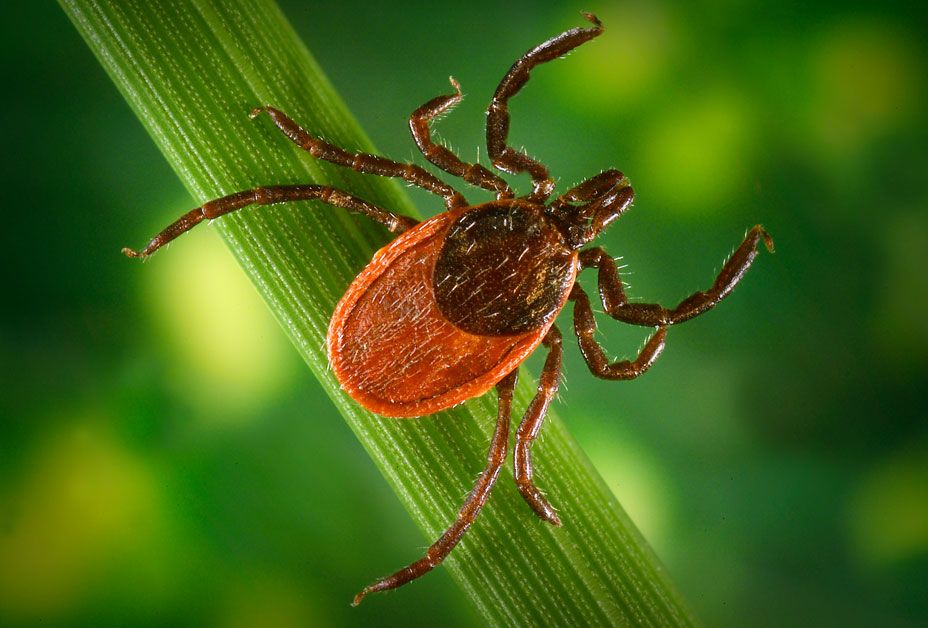As the family spends time outside this time of year, we are exposing our fur family members to fleas and ticks.
During colder months with less exposure, the risk of your pet getting fleas and ticks is much lower. March and April are when you need to think about medication for your pets, while May is the time to protect your animals for the warmer conditions ahead. Flea and ticks are problematic now through late fall.
There are many products on the market, so you can get overwhelmed by the choices.
There are the classic options such as collars, which are a good option for pets that react to ingestible medication or have allergies, since collars can be removed. They are fine in a home without younger children. Young kids can touch the collar and be exposed to the repellent.
You can also give medication in an ingestible form, which does not require much upkeep. Usually, one ingestible can last a while and you don't have to worry about the repellent getting on anything or anyone. Be mindful, though, that these medications can have side effects, so be sure to discuss your options with your vet.
Since ticks can carry Lyme disease, take measures to keep ticks from embedding into your pet's skin. Tick repellent will not necessarily keep ticks off your pet, but the ticks will not go beneath the fur. Don't be alarmed if you see a tick on a medicated pet.
If you have an embedded tick, you should go to your vet to have it removed and tested for Lyme disease.

We are all looking forward to good weather to spend time outdoors. Let's make it a fun and happy season for all of our family members by keeping everyone safe and protected from fleas and ticks.



